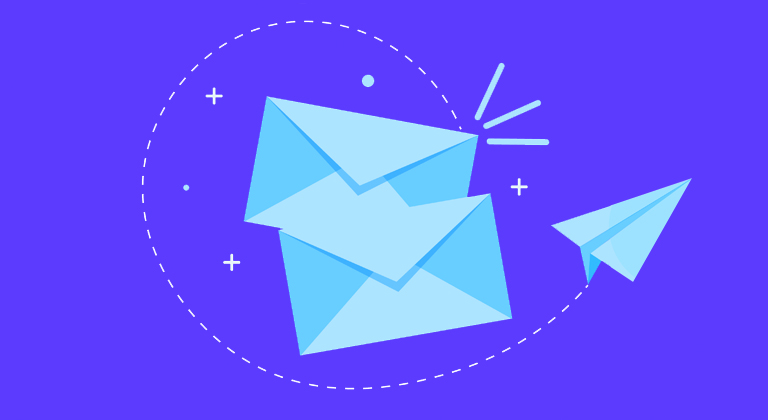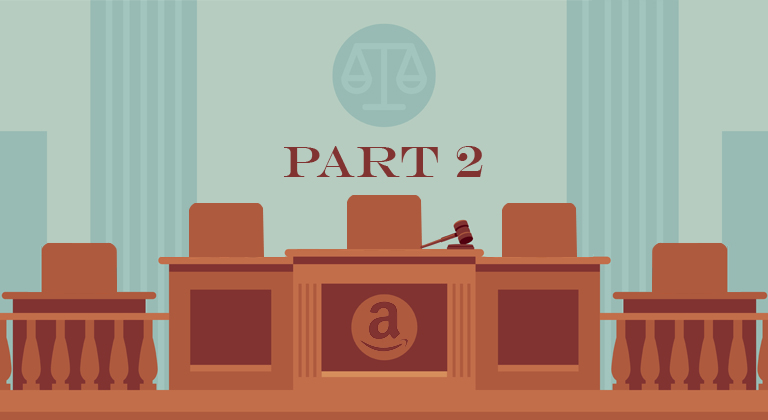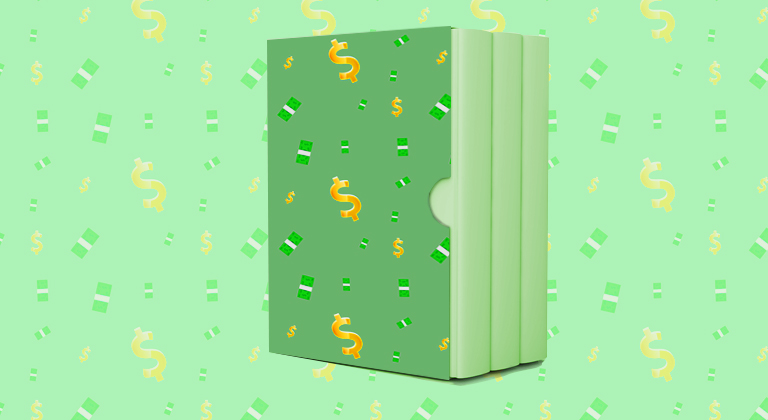Creating a Lookalike audience that actually buys!
Creating a Lookalike audience for your Facebook ads is far more useful than simply trying to advertise to FB users as a whole, even when you try to narrow that group down by the specific demographics you’re targeting or the interests you think your potential readers might all share. But creating that Lookalike from your entire mailing list isn’t nearly as effective as creating it from a more refined subset of that list, and when it comes to sending out ads looking to sell copies of your book, the subscribers you want to focus on are the ones most likely to buy a copy. Figuring out which ones those are, however, can be tricky. Luckily, Ginger has some advice on the best way to do that.
Last month, I wrote a blog post about how the Apple IOS 14.5 update had disrupted the performance of a lot of authors’ Facebook ads, and one of the solutions I suggested was to generate a better audience using the members of your subscriber list who spend the most.
This led to the awesome Eliza leaving this comment:
What do you mean by: “I’ve also gone into my MailChimp account and pulled the highest-spending members of my subscriber list and used them to create a Lookalike Audience.” How are you finding what they spend? By clicks? I like the idea of using my list and it’s something I’m working on nurturing more next year.
This is a great question, Eliza – and hopefully this post will answer it for you!
Leveraging your subscriber list effectively
If you’re really serious about becoming a successful self-published author, the best place to start building a foundation is in creating a subscriber list. These are readers who’ve provided you with their email address – so you can tell them about the latest releases in your catalog, and encourage them to buy your previous books.
You can do this organically by including a signup link in the front or backmatter of your books, or you can actively solicit for subscribers using services like BookFunnel or even Facebook ads. Normally, you can entice people to sign up by offering them what most authors call a “lead magnet.” This is a free book that they’ll receive in exchange for their email address.
Now, this is a great tactic, and it’s how I built up my list of 3,000 subscribers. I ran Facebook ads offering the first three books in my series for free, and then I had a warm audience of potential buyers for each subsequent book in the series. I also managed to create my own ARC team to leave reviews on new books, all by reaching out to my subscribers.
This actively engaged audience is a powerful tool – but as many authors are discovering, it has limitations; especially when you try to use the email addresses of your subscribers to create a Lookalike audience on Facebook.
What is the problem?
The first and biggest problem with using your subscriber list to generate a Lookalike audience is that most authors got their subscribers by giving them something for free. Whether through a service like BookFunnel, or by running ads and giving away a Lead Magnet on Facebook, the audience that you generally attract are people interested in getting free books; and that often means they’re not the audience who easily spend money (after all, between Kindle Unlimited and Amazon’s 5-day Free Promotion, there are more books out there for free than subscribers could finish in a lifetime.)
This means using your entire audience to create a Lookalike audience means that you’re generating an audience who don’t generally pay for books; making them a less-effective target audience for your Facebook ads.
But that’s most definitely not true of all your subscribers – and whether they do it through Kindle Unlimited page reads, or through simply buying your books at retail price, there are members of your mailing list who do represent the kind of readers you’re trying to reach via Facebook ads.
How do you create a Lookalike audience to reach these buyers?
You can generate a Lookalike audience on Facebook with as few as 100 email addresses – so theoretically, if you could isolate 100 or more email addresses from your subscriber list who you know actually pay for your books (or read them through Kindle Unlimited) you could create a lookalike audience for people who’ll buy your books just as eagerly.
It’s actually surprisingly easy to do this – all you have to do is find an email that you’ve sent out which gives your subscribers a reason to disclose that sort of information.
For me, I make sure to do this every time I launch a new book. Traditionally – back when free promotions gave you a lot of bang for your buck – I’d launch my book for free to my subscribers (so I could get it ranking nice and high.) These days, I’ll launch my book at 99c for a week – and when I do, I know that any of my subscribers who clicked through the link to my product page on Amazon did so knowing that they’d either have to pay 99c, or use their Kindle Unlimited subscription to read it.
Obviously I can’t be 100% sure – some people might have clicked through mindlessly – but for the most part, this process defines a subset of my audience who clicked with the knowledge that they’d actually have to pay something to read my book. The number of clicks compared to the number of daily downloads proves that a significant number of them ended up doing exactly that.
So, by using the Reports section of your mailing provider (I use Mailchimp, but MailerLite is similar) you can pull just the email addresses of the people who clicked on that link; and assuming you’ve got more than a hundred of them, you now have enough to generate a Lookalike audience on Facebook.
Does it work?
Just like much of the advice we provide on this blog, Your Mileage Will Vary when it comes to this technique. However, from personal experience, I’ve definitely noticed higher conversions and a lower Cost-Per-Click when I used an audience of ‘buyers’ compared to an audience made up of my entire mailing list.
It won’t work for everybody, and the best-practices of advertising still hold true: It doesn’t matter how good your audience is if your book product page doesn’t convert them into buyers.
However, this is just one more tactic which can help give you an edge when trying to make your Facebook advertising profitable; and it gives a lot more incentive to keep in communication with your growing list of subscribers.
If you’re struggling to sell your books using advertising, don’t forget that Hidden Gems offers 1-on-1 consulting on a variety of topics including advertising, with the aim of providing tips and tactics specific to your books and unique situation.












Kindle Unlimited books are NOT free. Subscribers pay for that service, and authors need to stop seeing those readers as freebie seekers.
I get on my soap box about this because it is very wrong to call KU a ‘free’ service or to say the readers are getting free books as you have in this article.
I am a KU subscriber (in Australia), and it costs me AUD$167-40 per year. That is far from free. But that is not the reason for my discontent over this matter.
Authors are doing those subscribers an injustice by looking at them as freebie seekers. For many authors, KU earnings far outweigh outright sales. Without them, our earnings would be far lower. Those readers need to be treated with the respect they deserve.